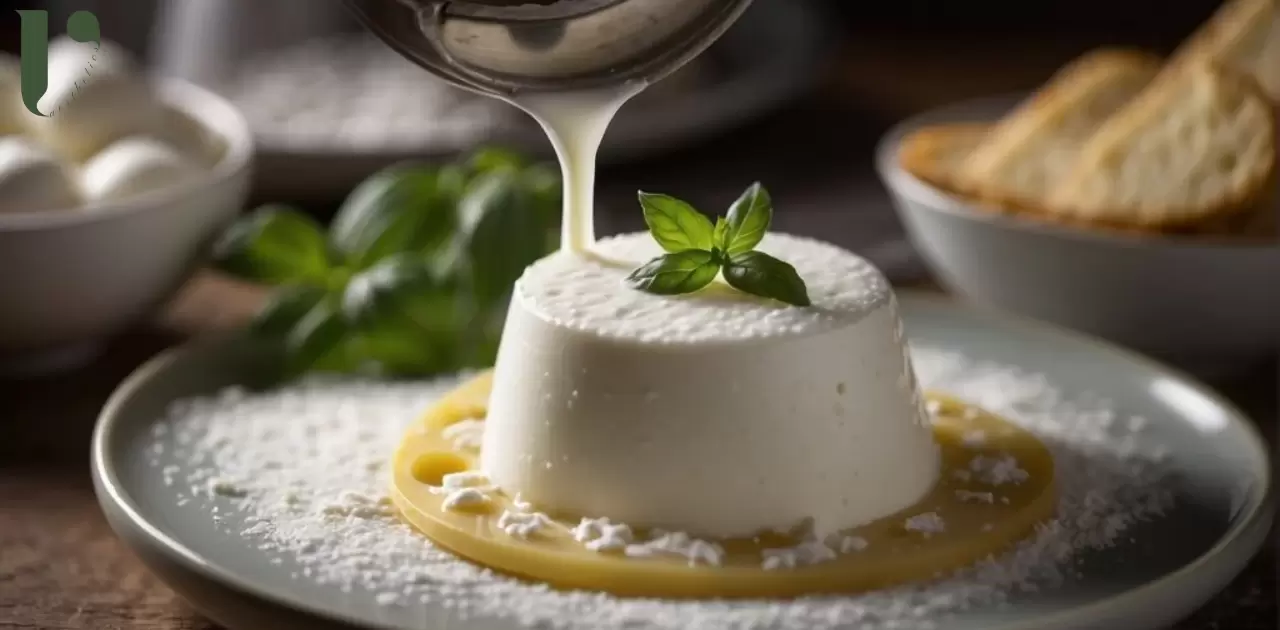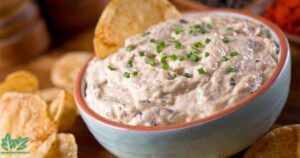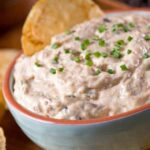Ricotta cheese has played a vital role in shaping Italian culinary history with its origins dating back to ancient Rome. In those times ingenious cooks discovered a way to repurpose whey a byproduct of cheese making by heating it to create a creamy fresh cheese hence the name ricotta which means recooked in Italian.
This early version of ricotta laid the foundation for its evolution across the diverse regions of Italy.As ricotta traveled through Italy each region adapted its own production methods resulting in variations in texture and flavor. Northern Italy favored cow’s milk ricotta known for its mild taste while southern Italy preferred the richness of sheep’s milk.
Ricotta became a staple ingredient in Italian cuisine finding its way into a myriad of dishes from savory pasta to decadent desserts. Its versatility and adaptability have cemented ricotta is status as a beloved cornerstone of Italian gastronomy.
Origins of Ricotta Cheese
The origins of ricotta cheese trace back to ancient Rome where resourceful cooks discovered a way to utilize whey a leftover from cheese making.This early form of ricotta showcased the ingenuity of ancient Roman culinary traditions.As the Roman Empire expanded so did the popularity of ricotta spreading its production techniques across Italy.
Each region adapted the process to suit local ingredients and preferences resulting in variations in taste and texture. Whether made from cow’s sheep’s goat’s or buffalo’s milk ricotta remained a versatile ingredient deeply ingrained in Italian cooking.
Ricotta continues to be cherished in Italian cuisine honored for its rich history and role in shaping culinary traditions. From lasagna to cannoli ricotta’s creamy texture and subtle flavor add depth and richness to a wide array of dishes embodying the timeless essence of Italian gastronomy.
Read more Blog: How to Store Jicama
Ricotta Production Techniques
Ricotta production techniques vary between traditional and modern methods each contributing to the cheese’s distinct characteristics. In traditional cheese making artisans begin by heating whey the byproduct of cheese production to near boiling temperatures. This heat causes the whey proteins to coagulate forming soft curds that are then skimmed off and drained to create ricotta.
Modern industrial methods employ advanced technology to streamline production while maintaining quality. Specialized equipment ensures precise control over heating and coagulation resulting in consistent texture and flavor. Mechanical devices replace manual labor expediting processes such as skimming and draining to increase efficiency.
Despite advancements both traditional and modern techniques preserve ricotta’s essence as a creamy versatile cheese. Crafted by artisanal cheese makers or produced on a larger scale ricotta continues to be celebrated for its role in Italian cuisine embodying centuries of culinary tradition and innovation.
Ricotta in Italian Cuisine

Ricotta holds a prominent place in Italian cuisine contributing its creamy texture and delicate flavor to a wide range of dishes. In pasta dishes like lasagna and ravioli, ricotta adds richness and moisture, enhancing the overall texture and taste.
Its versatility extends to desserts where it stars in classics like cannoli and cheesecake lending a soft and subtly sweet filling.Beyond pasta and sweets ricotta finds its way into savory applications such as stuffed pastas baked casseroles and even as a spread on bruschetta.
Its mild flavor and creamy consistency make it a versatile ingredient that complements both savory and sweet flavors making it a staple in Italian kitchens for centuries.
The Science of Ricotta
The science behind ricotta cheese lies in its unique production process which results in its creamy texture and nutritional properties. Whey proteins in the leftover whey coagulate when heated, forming soft curds that are then skimmed off and drained creating ricotta’s characteristic texture.
Ricotta’s nutritional profile including its protein fat and calcium content contributes to its role as a wholesome ingredient in Italian cuisine.Ricotta’s culinary properties are also influenced by its fat and protein content, which provide richness and structure to dishes.
Used in pasta desserts or savory applications ricotta’s creamy texture and delicate flavor make it a versatile and beloved ingredient in Italian cooking.
Read more Blog: Olive Oil in Mexican Cuisine
Ricotta Varieties and Derivatives
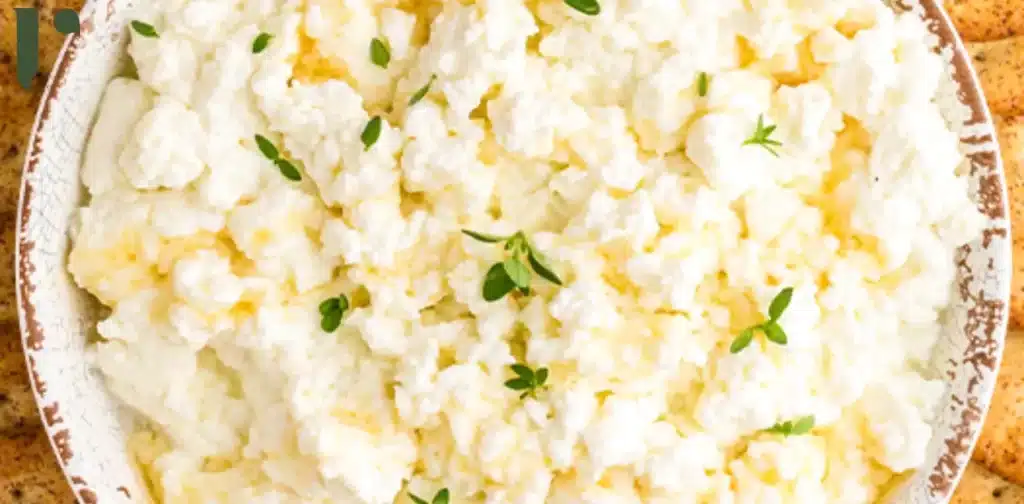
Ricotta cheese comes in various varieties and derivatives each offering subtle differences in taste texture and aging. Fresh ricotta commonly found soon after production boasts a soft creamy texture and a mild slightly sweet taste. Whole milk ricotta with its higher fat content provides a richer and creamier experience while part skim ricotta offers a lighter option with reduced fat.
Aged ricotta often known as Ricotta Salata undergoes pressing salting and aging to develop a firmer texture and a sharper flavor profile. Ricotta Salata is commonly grated over dishes adding a savory dimension to pasta salads and other culinary creations.
Consumption and Use in Modern Cooking
In modern cooking, ricotta cheese is valued for its versatility and ability to enhance a wide range of dishes. Home cooks often incorporate ricotta into both sweet and savory recipes such as pancakes gnocchi appetizers salads and pizzas for its creamy texture and subtle flavor.
Its adaptability allows for creative experimentation as a spread filling topping or ingredient in various culinary creations.Professional chefs also utilize ricotta in sophisticated appetizers gourmet pizzas traditional dishes, and innovative culinary creations.
Its creamy consistency and mild flavor make it an ideal ingredient for adding richness and depth to a variety of dishes both in traditional Italian cooking and in contemporary culinary trends.
Cultural Significance of Ricotta in Italy
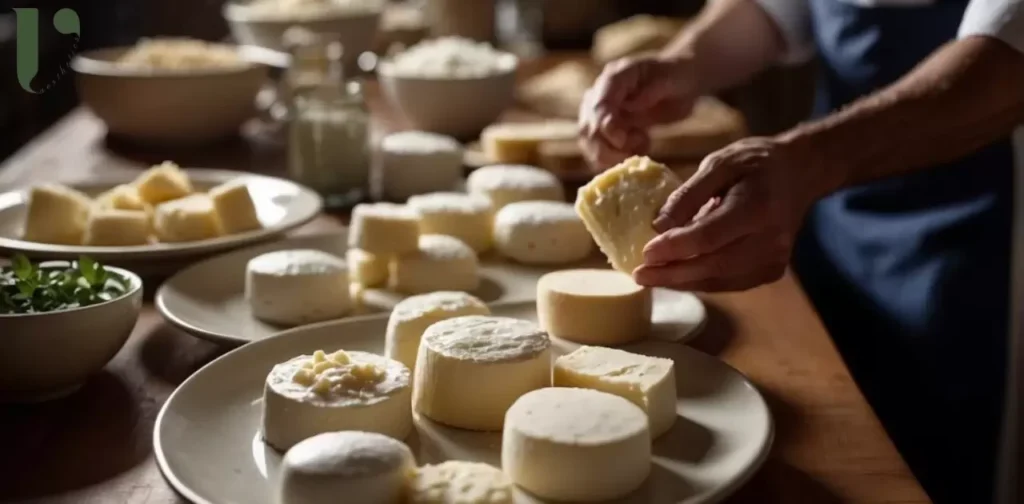
Ricotta cheese holds deep cultural significance serving as more than just a culinary ingredient it is a symbol of tradition heritage and regional pride. Ricotta is deeply woven into the fabric of Italian identity celebrated in festivals cherished in family recipes and revered for its role in shaping culinary traditions.
Throughout Sicily and Sardinia regions renowned for their ricotta production the cheese is central to local customs and festivities. Annual events like the Sagra della Ricotta in Sicily and seasonal festivals in Sardinia pay homage to ricotta showcasing its versatility and importance in regional cuisine.
Frequently Asked Questions
How has ricotta cheese influenced Italian cuisine?
Ricotta cheese has profoundly influenced Italian cuisine by adding richness creaminess and depth of flavor to a wide range of dishes from pasta to desserts. Its versatility allows it to serve as a key ingredient in both savory and sweet recipes enriching the culinary landscape of Italy.
What traditional Italian dishes utilize ricotta cheese?
Traditional Italian dishes that feature ricotta cheese include lasagna ravioli cannoli and cheesecake. Ricotta is often used as a filling or topping in pasta desserts and savory dishes adding creaminess and subtle flavor to these classic recipes.
What is the historical significance of ricotta cheese in Italy?
The historical significance of ricotta cheese in Italy lies in its ancient origins and its evolution as a staple ingredient in Italian cuisine. Dating back to ancient Rome ricotta showcases the resourcefulness of Italian cooks in utilizing whey to create a creamy cheese highlighting the rich culinary heritage of the region.
How did ricotta cheese evolve in Italian cooking?
Ricotta cheese evolved in Italian cooking through regional adaptations and technological advancements, resulting in variations in texture, flavor, and production methods across Italy.
Why is ricotta cheese a staple in Italian gastronomy?
Ricotta cheese is a staple in Italian gastronomy due to its versatility, creamy texture, and subtle flavor, which enhance a wide variety of traditional Italian dishes, from savory pasta to decadent desserts.
What are the origins of ricotta cheese in the context of Italian food history?
The origins of ricotta cheese in Italian food history trace back to ancient Rome where it was created as a way to utilize whey a byproduct of cheese making showcasing the ingenuity of early Italian cooks.
Conclusion
Ricotta cheese stands as a cornerstone of Italian culinary history, rooted in ancient traditions and revered for its versatile role in Italian cuisine. From its humble origins in ancient Rome to its evolution across diverse regions of Italy ricotta has left an indelible mark on Italian gastronomy enriching both savory and sweet dishes with its creamy texture and delicate flavor.
As a symbol of cultural pride and culinary ingenuity ricotta continues to play a vital role in preserving Italian culinary heritage. Enjoyed fresh in pasta dishes or baked into decadent desserts ricotta remains a beloved ingredient embodying the timeless essence of Italian gastronomy and bringing people together through shared culinary experiences

Ethan Henry with 8 years of expertise in bamboo, excels in sustainable design, construction and product development. His passion for eco-friendly solutions has driven innovative advancements in bamboo-based industries.
